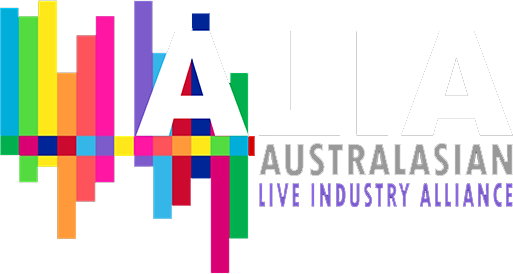Imagination Australia has set a new global standard for public events, with one of the most spectacular showcases of projection, lighting and fireworks shows seen anywhere in the world.
The Royal Australian Navy International Fleet Review symbolised 100 years since Australia welcomed their first Naval Fleet into Sydney Harbour. It was Imagination’s job to celebrate that milestone in a way the entire city and the world would take notice of.
The spectacular was created in seven acts, from introducing the original fleet, through 100 proud years of service to Australia, current capabilities, a moment of reflection for the fallen and a finale to rival Sydney New Year’s Eve, the show was a once in a lifetime project.
Imagination conceived, wrote, designed and produced every element of the show. For the first time ever, fireworks were launched from seven warships, combining with a light show from 28 land and ship locations, a 30 minute projection show, live action on-board ships plus aerial flyovers from the Navy and Air Force. This was all choreographed to a stunning soundtrack taking the viewer on a 100 year journey of the Royal Australian Navy.
Lighting design was by Mark Hammer with Matthew Tunchon as his assistant and Chameleon Touring Systems supplying crew and lighting gear. Mark’s main brief was to light the seven ships from the shore whilst also delivering a light show upon each vessel, however he didn’t actually see any of the ships until a day or two before the event.
“It meant we might only have an hour to do our focusing and programming,” he explained. “At the same time we had to deal with logistics such as location and power. On the shore we had thirteen lighting locations scattered around the harbour and on the harbour bridge.”
The ships had to be located where they could drop anchor (not above the harbour tunnel!) and some had to have special boosters to help them hold their position. Despite that, they could still move up to 100 metres as they battled the current and that made Mark’s job even more difficult.
Mark combined the lighting from the shore and the actual lighting on the ships to successfully create texture and colour despite the gun metal grey surface of the ships.
Mark’s design was primarily based around 132 Clay Paky Sharpy Profiles and 108 Sharpy Wash 330’s as well as a multitude of follow spots and search lights. Mark describes the Clay Paky Sharpy Wash 330 as his new favourite fixture citing features such as their amazing zoom range and colour mixing abilities as superb.
“Both of the Clay Paky Sharpys were amazing on the night and packed the right punch,” he said. “Each land position and each ship housed twelve Sharpys each; the land sites had a mixture of eight profiles and four washes to illuminate the ships whilst on the actual ships we had eight washes and four profiles. The Sharpy Wash 330’s on the ships gave us a bit of extra punch as we needed the brightest possible up-light beam for the memorial segment. We also used them to mimic guns by flashing through some strobe effects.”
Mark reports that the Sharpy combination of the Profiles and Washes worked really well and that they were simply the perfect light for the job using very little power yet delivering maximum output.
“The penetration into the night sky by the Sharpys was incredible,” he said. “Clay Paky Sharpys are famous for their powerful beams that can cut through everything and they didn’t disappoint!”
A large quantity Pro Shop Outdoor Floods were also positioned on the ships from where they did a fantastic job flooding the ship’s structure whilst drawing little power.
Supplying the atmospherics were 42 Jem ZR44 Hi-Mass fog machines and 28 land based AF1 fans. When added to the smoke from the pyrotechnics, the Jem ZR44’s massive clouds of fog supplied the perfect backdrop for the really powerful aerial beam looks created by the Clay Paky Sharpys.
A total of thirteen MA Lighting grandMA consoles (seven grandMA1’s and six grandMA2’s) were positioned around the harbour and on the ships, all updated with the latest show files. MA Net for the MA2’s was shooting across the harbour controlling between two and four other lighting positions although there were consoles there as back up. Timecode triggered the cues, wirelessly fed across the harbour to trigger cues on the ships too.
The show was pre-programmed at Show Technology’s fully equipped design studio located in their Sydney headquarters with Jason Fripp in charge of programming.
“Pre-programming the show at Show Technology proved to be an absolute savior,” commented Mark. “It meant that by the time we went live, we were just tweaking focuses and tidying up a few movement pans and such.”
Show Technology’s Technical Director Vince Haddad was on hand 24/7 and was instrumental in ensuring the event ran smoothly.
























































You must be logged in to post a comment Login